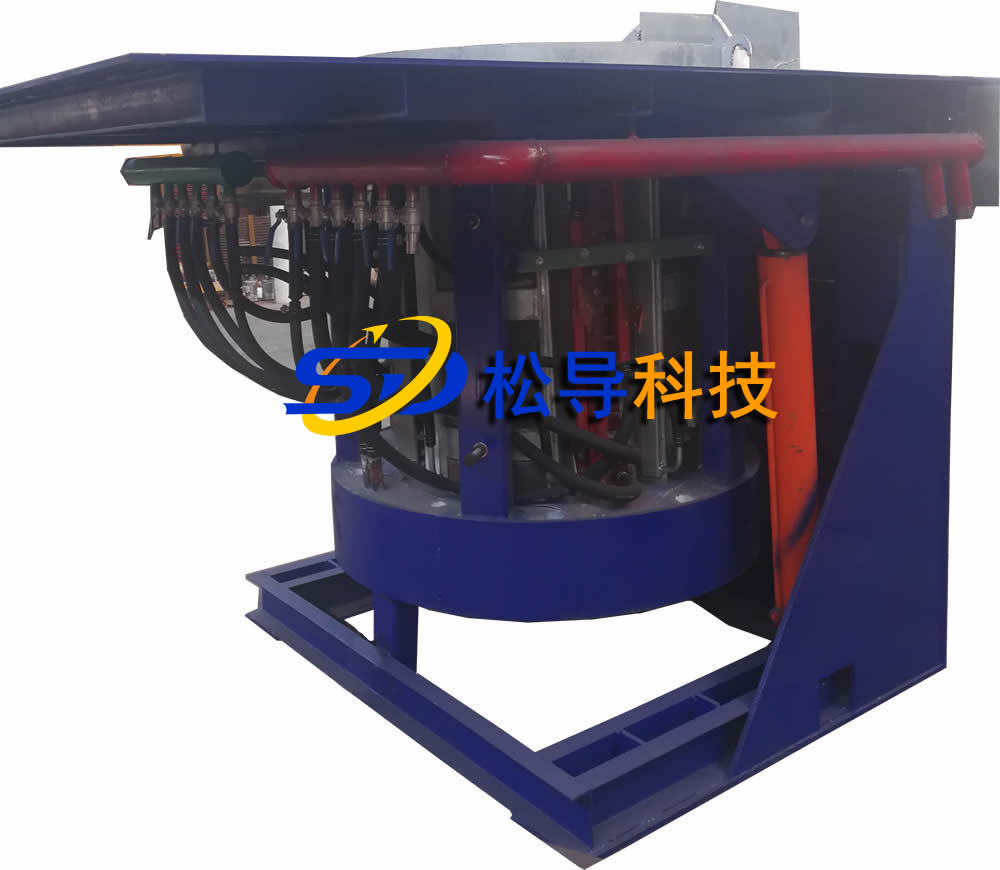How to improve the melting speed of the intermediate frequency melting furnace ?

The former is generally used for Tao alloy materials, the latter is used for refining steel, and can achieve dozens of tons of electroslag furnaces. Medium frequency melting furnaces are generally not so large, rarely exceeding ten tons of intermediate frequency melting furnaces . The frequency of the intermediate frequency melting furnace and the electroslag remelting furnace are different, and the frequency of the intermediate frequency melting furnace is higher than the frequency of the power frequency furnace. The intermediate frequency melting furnace uses this heat to heat and melt the metal to achieve the purpose of melting. The main features are as follows: 1. The molten metal is subjected to electromagnetic force. The molten metal is strongly stirred by the electromagnetic force. This is a main feature of the intermediate frequency melting furnace . The liquid metal movement (stirring) starts from the center of the molten pool and reaches the ends of the coil. Movement, because the metal is constrained by the bottom of the furnace and the wall of the furnace, the final movement is always upward, forming a hump at the top of the furnace. 2. The remelting of theintermediate frequency melting furnace is the beginning stage of intermittent smelting and melting. The whole metal to be melted is composed of small pieces of furnace materials. Due to the feeding method and other problems, the feeding density is only about 1/3 of the capacity of the furnace. At this time, the charging material is a Very poor electrical load, when inputting power to the furnace, the individual pieces of material will arc and be welded together. Once welded together, the whole furnace charge will form a large piece, and the furnace efficiency will be improved. The intermediate frequency melting furnace is cheaper than the refining furnace 800-1000. Mainly the equipment of theintermediate frequency melting furnace is too cheap, usually tens of thousands of pieces, some of which are cheaper to transfer, if the price can be enjoyed on the electricity price, the cost of steel making is lower. However, with the embodiment of economies of scale and government control, it is believed that in the near future, the intermediate frequency melting furnace will withdraw from the historical stage. Therefore, the medium-frequency melting furnace steelmaking requires high raw materials and the composition is difficult to control. Firstly, it is reflected in the control of carbon content, because the AOD-like vacuum condition cannot be formed, even if the raw materials can be controlled to the extreme, the carbon content of the intermediate frequency melting furnace The amount is also difficult to control below 0.03%. In addition, there is no process for desulfurization and dephosphorization, and it is generally impossible to remove harmful elements such as sulfur and phosphorus in the raw materials. Therefore, when 304L and 316L are selected, the intermediate frequency melting furnace is excluded. Especially when exporting products, the flat steel and round steel from the intermediate frequency melting furnace will have some problems of P and S exceeding the standard, but some places are obvious. Some places are not so obvious. In the next step of processing, this defect of the intermediate frequency melting furnace is more obvious. After forging and pickling, the ingots from the same furnace steel often find that there are subtle differences in the materials in some places. It is no wonder that Because the intermediate frequency melting furnace does not have the function of removing the slag, the exposed things will be further exposed when doing some surface processing: trachoma, cracks, peeling, and the like.
When the power is constant, increase the surface area of the raw material, make the material thinner, and then, if the furnace is reheated, it can be faster.















